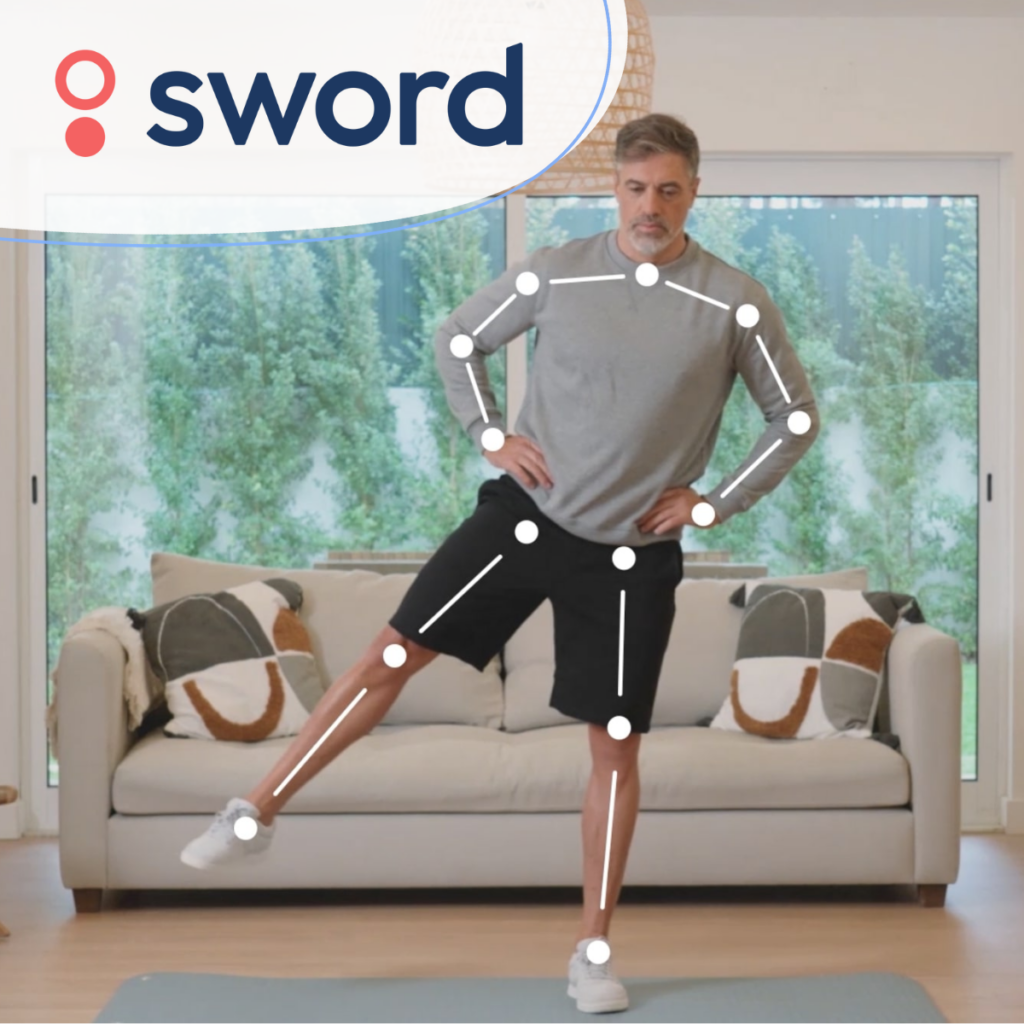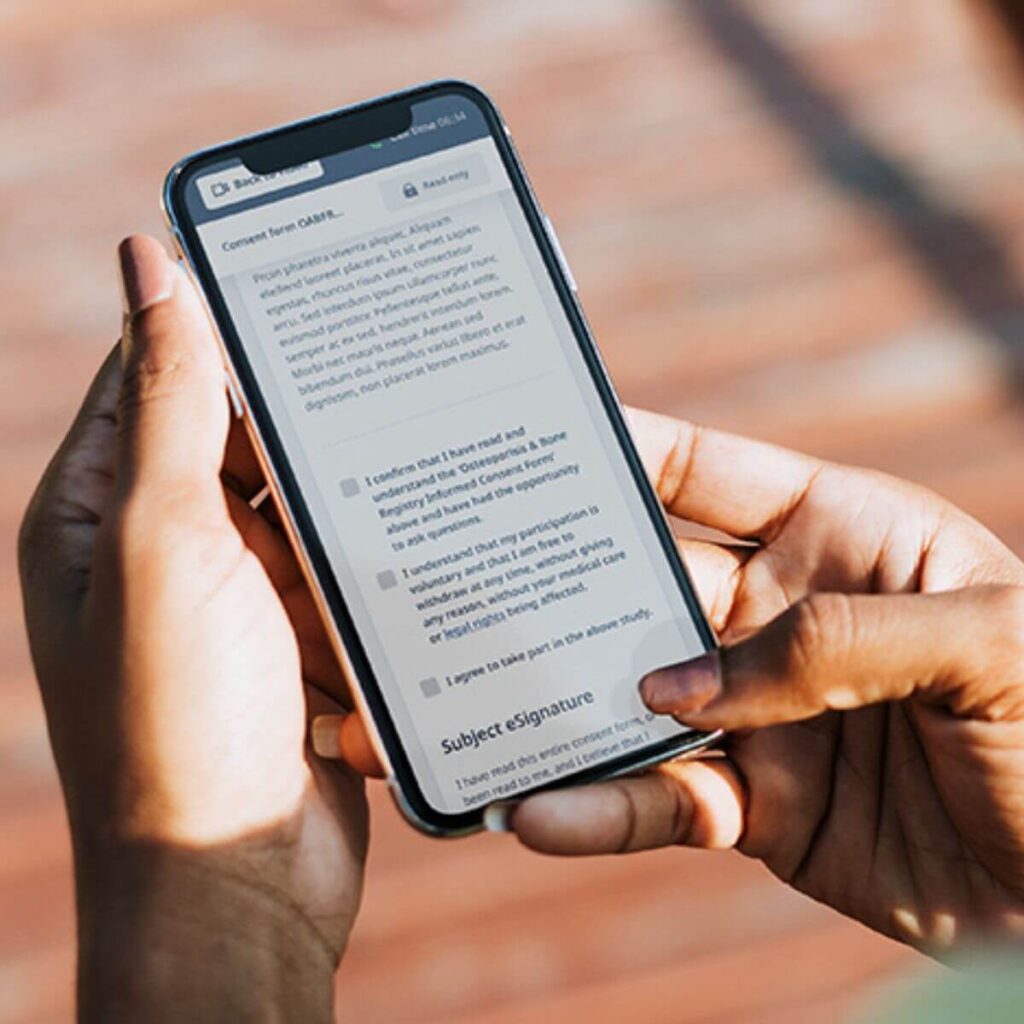Since the COVID-19 pandemic arrived, virtual platforms have changed the communication style of almost every professional field. From doctor’s appointments to will signings, workout classes to therapy sessions, almost every aspect of daily life happens virtually. Like many other fields, the clinical trial industry has had to find ways to adapt to these changes—enter remote eConsent.
With decentralized trials becoming part of the new normal, remote eConsent will play an ever-increasing role in clinical trials. Of course, any eConsent solution must sufficiently engage participants, verify consent, and meet regulatory requirements. In this article, we’ll consider five ways Castor video conferencing set studies up for success right now and in a post-pandemic world.
The Process
The entire remote eConsent process is done in one platform using native patient screening, signature taking, and video conferencing. (See a live demo here.) It puts the patient at the center of the experience as they:
- Click through an online questionnaire.
- Receive an email to begin the consent process.
- Read online material and watch videos.
- Meet a researcher via video conferencing.
- Ask questions and receive answers.
- Give a digital signature.
The Benefits of Castor Video Conferencing
1. Offer a great participant experience
Video conferencing allows participants to consent in the most comfortable location possible: their own home. Using native questionnaires, signatures, and video calls, Castor offers a consent solution that is seamlessly designed around the participant.
Secure video calling enhances the overall participant experience because it:
- Provides maximum convenience
- Ensures that participants are well-informed
- Eliminates the need to navigate additional apps such as Zoom or Skype
Improving participant satisfaction is a key factor that enhances engagement and retention. Incorporating video conferencing results in an ideal consent process that builds trust and enriches the participant experience.
2. Resolve participant questions
Patient comprehension is a key element of retention, with a reported 35% of participants dropping out from studies due to lack of comprehension. Video calls allow participants to ask questions and receive answers in real-time.
While guiding the participant through each step of the process, clinical researchers are able to offer any additional help and clarification needed along the way. This not only builds participant trust and confidence but ensures that the consent process continues to move forward.
3. Verify consent
Video conferencing provides investigators with real-time, visual interaction with participants. Investigators are able to observe the participant’s behavior and determine firsthand if they are capable of making an informed decision.
During consent calls, investigators can visually verify both the identity and signature of the participant. This added layer of visibility builds confidence and assurance for both the participant and the study team.
4. Meet regulatory requirements
In order to be acceptable to regulators, however, any video conferencing used must be secure, traceable, and fully compliant. For example, it should be encrypted and 21 CFR Part 11 compliant.
Clinical researchers will need to demonstrate in their IRB submission that the video conferencing solution meets all relevant regulatory requirements. (Clinical researchers can find information about eConsent guidelines in various countries here to verify their consent process meets regulatory requirements.)
5. Leverage an all-in-one solution
Video conferencing is the key to tying together a complete eConsent process. With Castor’s complete eConsent solution, the recruitment, pre-screening, form signing, and management of all trial data can be done in one platform. This lightens the load for researchers, allowing them to make the most effective use of their time.
With the built-in video for remote eConsent, the need for third-party plugins and downloads is eliminated, resulting in minimized overhead for the researcher and a smoother process for the participant. By improving patient engagement and comprehension, video conferencing creates and retains interest throughout the duration of a trial.
Increased participant engagement, quickly resolved questions, meeting FDA requirements, and visually verifying consent are just some of the many benefits that come from Castor’s unique built-in conferencing capability. This powerful solution transforms the consent process into a seamless experience for participants, site team members, and sponsors.
Interested to learn how you can use Castor video conferencing in your next clinical trial? Reach out to one of our friendly Castorians here.


